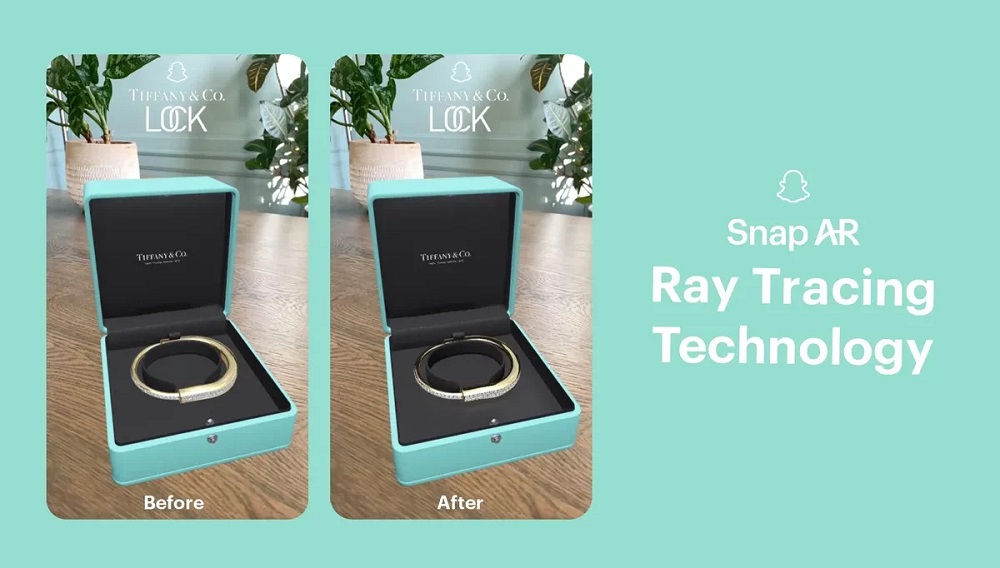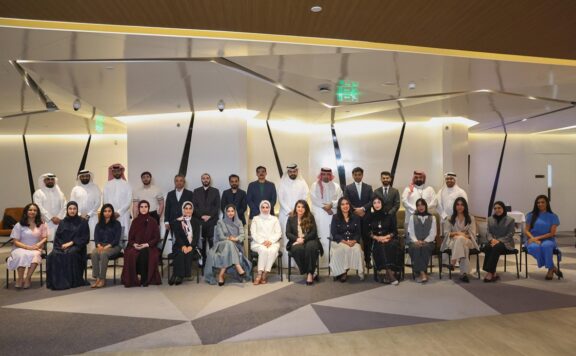Snap has announced the launch of Ray Tracing, a new feature in Lens Studio that will allow for ultra-realistic AR experiences. Snap is also the first company to offer Ray Tracing on mobile devices, at scale, across both Android and iOS.
Ray Tracing simulates the way light behaves with objects in the real world. AR developers now have the ability to create AR elements that reflect and interact naturally with their real-world surroundings. Traditionally, Ray Tracing has been used to enhance realism in console games. AR objects of different materials, such as metals, stones, glass, and even specific fabrics can take in the environment and have light bounce off of them in a realistic manner. Virtual try-ons of jewelry, sports cars, clothing and more will have a whole new level of detail and lifelike quality to them.
Jake Thomas, Head of UAE at Snap Inc. said, “Snap’s AR platform makes it possible for developers to build compelling AR experiences by offering the most advanced tools. With tech like Ray Tracing, previously only used in console gaming, we’re arming developers with AR capabilities that understand what’s in the camera’s scene, reflect how elements interact naturally, and render those AR objects realistically. We can’t wait to see what our 300,000 plus Lens creators and developers from around the world will create for Snapchatters with the help of Ray Tracing.”
Light reflections are significant to a vast number of AR experiences, including Lenses that feature: virtual products (jewelry, handbags, eyewear, electronics, metallic apparel fabrics), gaming & sports (auto, courts, buildings), architecture & entertainment (structures, windows, rooms), and self-expression (highlight, reflective and metallic textures applied to face meshes). Brands and creators now have a new opportunity to dazzle consumers in an immersive way.
Ray Traced Reflections is the first Ray Tracing feature launched by Snap and sets the foundation for other advanced lighting features that Snap will bring to AR, including Ray Tracing Shadows, Ambient Occlusion, Indirect Lighting, and Refraction.
Snap is revolutionizing the world of AR by democratizing its use. Making AR capabilities accessible on mobile is also a core and critical demand of businesses and consumers alike. With Snap’s dedication to advancing AR capabilities and offering AR developers the most cutting-edge tools, like Ray Tracing, the playing field has been leveled, and there is much more to come for the future of realistic AR.





